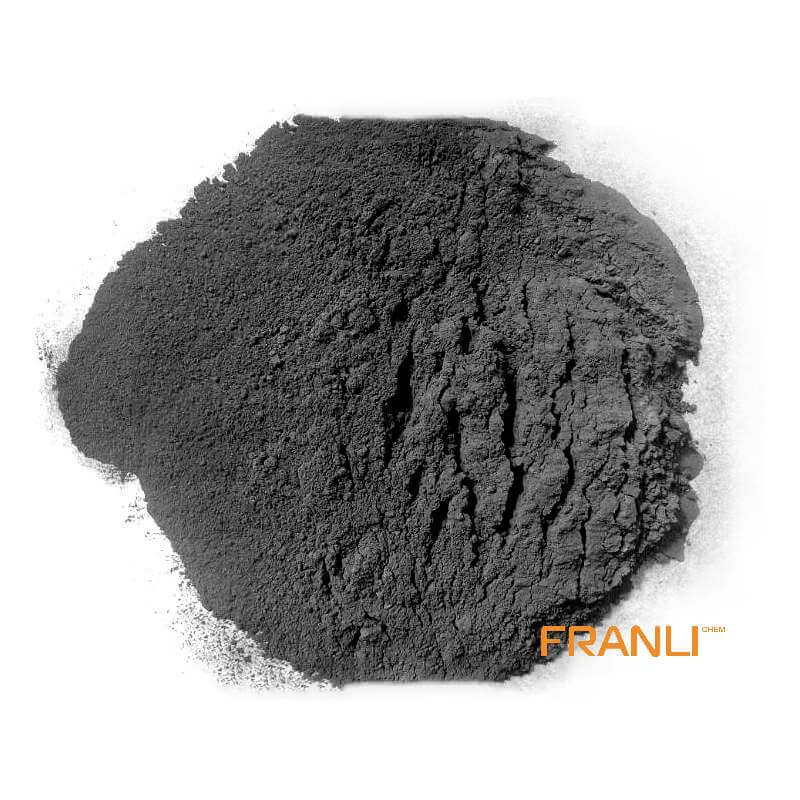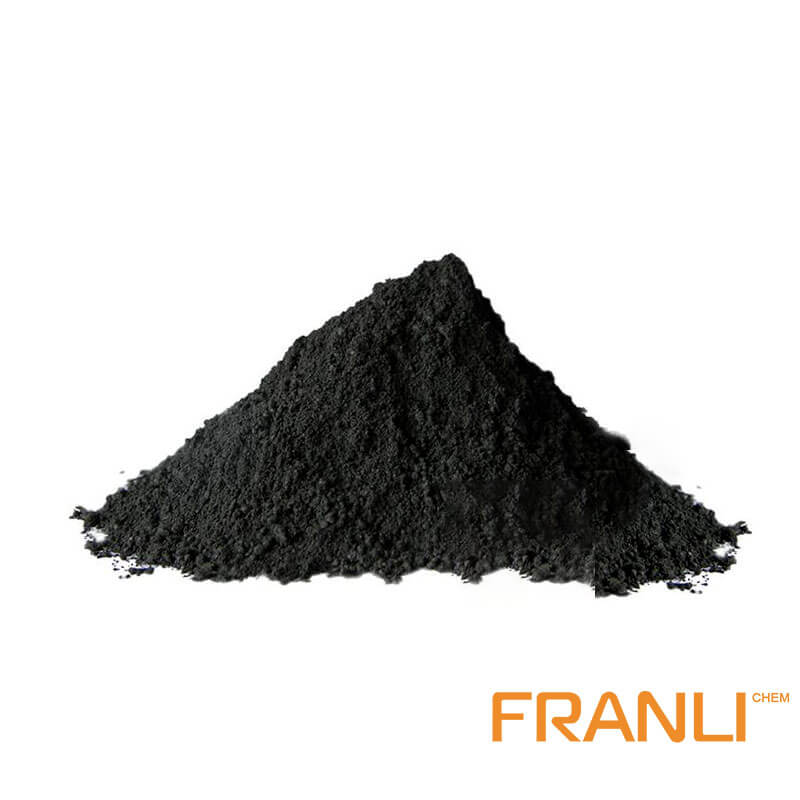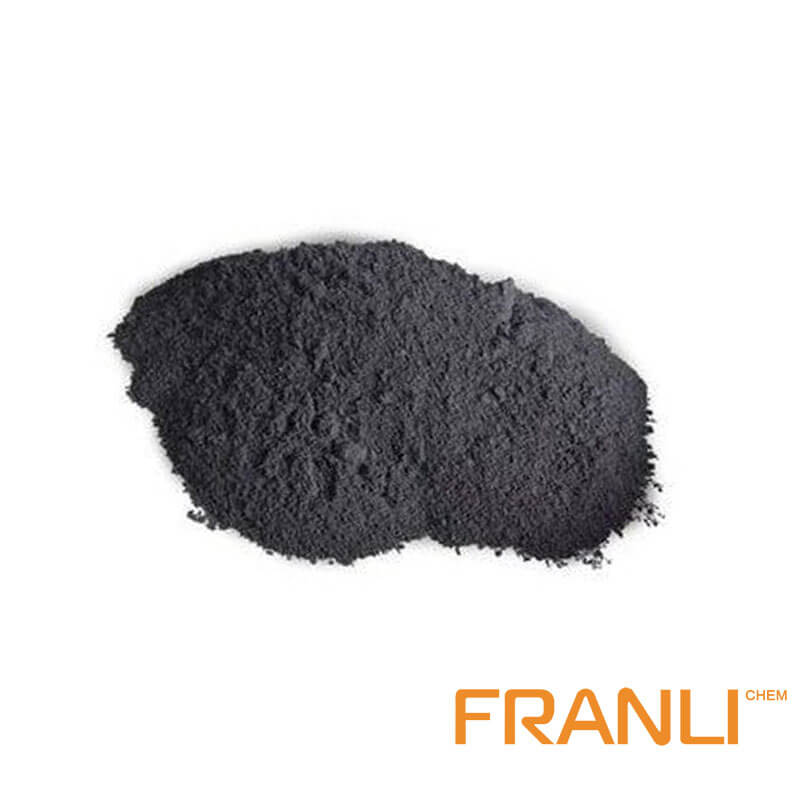


Artificial Graphite
Size
0.01mm or 0.07mm,etc
Package
25 kg small bags into ton bags or ton bags
Features
Good wear resistance, corrosion resistance, good thermal conductivity, etc.
Application
Can be used in making heat exchanger, reaction tank, absorption tower, etc.
There are many kinds of artificial graphite and different production processes. In a broad sense, all graphite materials obtained by carbonization of organic matters and treated by high temperature after being treated with graphite can be collectively referred to as artificial graphite.In the narrow sense, artificial graphite usually refers to the massive solid materials prepared by batching.
Request a quoteNatural graphite is formed by the transformation of carbon-rich organic matter under the long-term action of high temperature and high pressure geological environment, and is the crystallization of nature. The technological properties of natural graphite mainly depend on its crystalline form. Minerals with different crystal forms have different industrial values and uses. There are many types of natural graphite. According to different crystal forms, natural graphite is divided into three types: dense crystalline graphite, flake graphite and aphanitic graphite in industry. There are mainly two types of flake graphite and aphanitic graphite in my country. Cryptocrystalline graphite, also known as amorphous graphite or earthy graphite, is called microcrystalline graphite in recent years.
Artificial graphite is similar to polycrystals in crystallography. There are many types of artificial graphite, and the production process varies widely. In a broad sense, all graphite materials obtained by carbonization of organic matter and high-temperature treatment of graphitization can be collectively referred to as artificial graphite, such as carbon (graphite) fiber, pyrolytic carbon (graphite), and foamed graphite. In the narrow sense, artificial graphite usually refers to carbonaceous raw materials with low impurity content (petroleum coke, pitch coke, etc.) Block solid materials prepared by processes such as roasting) and graphitization, such as graphite electrodes, hot isostatic graphite, etc.

Difference and connection between natural graphite and artificial graphite
Based on 3 aspects, we can compare natural graphite with artificial graphite.
(1) Crystal structure:The crystal development of natural graphite is relatively complete, and the graphitization degree of flake graphite is more than 98%, while the graphitization degree of natural microcrystalline graphite is usually below 93%.
The degree of crystal development of artificial graphite depends on the raw material and heat treatment temperature. Generally speaking, the higher the heat treatment temperature, the higher the degree of graphitization. At present, the degree of graphitization of artificial graphite produced industrially is usually lower than 90%.
(2) Organizational structure: Natural flake graphite is a single crystal with a relatively simple structure, only crystallographic defects (such as point defects, dislocations, stacking faults, etc.), and macroscopically exhibits anisotropy. The crystal grains of natural microcrystalline graphite are small, the grains are arranged randomly and there are holes after the impurities are removed, and it shows isotropy macroscopically.
Artificial graphite can be regarded as a multiphase material, including graphite phase converted from carbonaceous particles such as petroleum coke or pitch coke, graphite phase converted from coal tar pitch binder coated around the particles, particle accumulation or coal tar pitch bonded The pores formed after the agent is heat-treated, etc.
(3) Physical and chemical properties: In terms of physical and chemical properties, natural graphite and artificial graphite have both commonalities and differences in performance. For example, both natural graphite and artificial graphite are good conductors of heat and electricity, but for graphite powders of the same purity and particle size, natural flake graphite has the best heat transfer performance and electrical conductivity, followed by natural microcrystalline graphite and artificial graphite. lowest. Graphite has good lubricity and certain plasticity. The crystal development of natural flake graphite is relatively complete, the friction coefficient is small, the lubricity is the best, and the plasticity is the highest, followed by dense crystalline graphite and aphanitic graphite, followed by artificial graphite. poor.

Application of natural graphite and artificial graphite
Graphite has many excellent properties, so it is widely used in metallurgy, machinery, electrical, chemical, textile, national defense and other industrial sectors. The application fields of natural graphite and artificial graphite have both overlapping and different places.
(1) Metallurgical Industry: Natural flake graphite can be used to produce refractory materials such as magnesia-carbon bricks and aluminum-carbon bricks because of its good oxidation resistance. Artificial graphite can be used as steelmaking electrodes, while electrodes made of natural graphite are difficult to use in harsher steelmaking electric furnaces.
(2) Mechanical industry: Graphite processing graphite materials are usually used as wear-resistant and lubricating materials. Natural flake graphite has good lubricity and is often used as an additive for lubricating oil. The equipment for conveying corrosive medium widely adopts piston rings, sealing rings and bearings made of artificial graphite, and does not need to add lubricating oil during operation. Natural graphite and polymer resin composite materials can also be used in the above fields, but the wear resistance is not as good as that of artificial graphite.
(3) Chemical industry: Artificial graphite has the characteristics of corrosion resistance, good thermal conductivity and low permeability, and is widely used in the chemical industry to make heat exchangers, reaction tanks, absorption towers, filters and other equipment. Natural graphite and polymer resin composite materials can also be used in the above fields, but the thermal conductivity and corrosion resistance are not as good as artificial graphite.
With the continuous development of research technology, the application prospect of graphite is immeasurable. The finiteness of natural graphite and the limitation of mining have accelerated the development and manufacture of artificial graphite. Using natural graphite as an auxiliary material to develop more artificial graphite, enough raw materials can be used to better design production processes and develop new uses. The amount of high-purity carbon graphite, an important raw and auxiliary material in production, has risen significantly, and many raw and auxiliary materials in the photovoltaic industry need to use artificial graphite with stable performance and less interference factors as processing raw materials. Franli’s factory is also gradually upgrading its technology to produce artificial graphite to produce better quality graphite materials. It is convenient to develop photovoltaic technology and technology, which can greatly improve the overall country’s trade and economic level.



